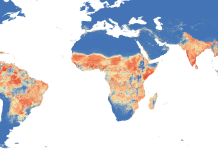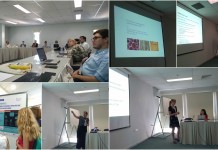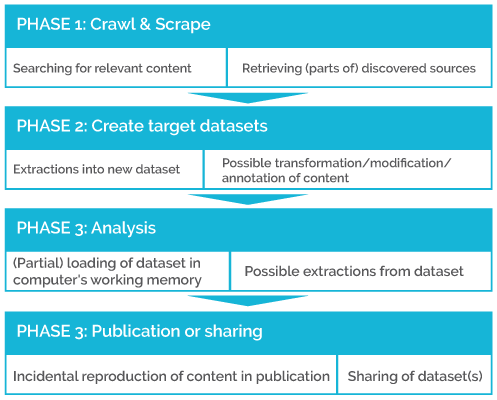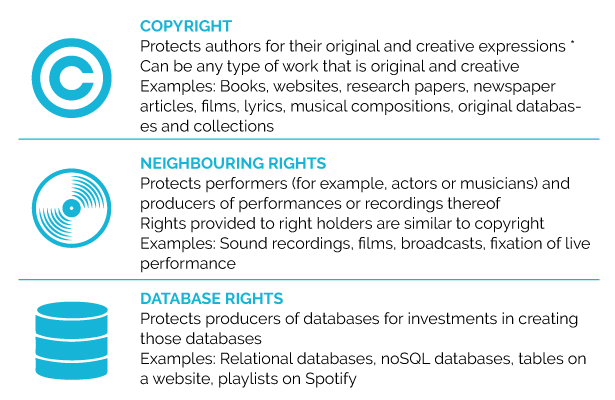The legal landscape around TDM is more complicated than TDM practitioners may realise. In fact, there are many instances in which TDM is potentially unlawful. These guidelines are intended to give practitioners an overview of the legal landscape around TDM, so that they can be aware of potential legal issues and minimise legal risk.
In the absence of clear legal exceptions, intellectual property rights, including copyright, neighbouring rights, and sui generis database rights, will almost certainly be relevant when working with content created by others; these are discussed in section 3. TDM practitioners should also be careful to respect personal data and the privacy of any data subjects; data protection laws and best practices are discussed in Data Management Guidelines for Researchers.
These guidelines are not intended to be comprehensive legal advice. Rather, they aim to give TDM practitioners a foundational overview of relevant legal considerations, to help understand when it might be necessary to seek expert legal advice.








